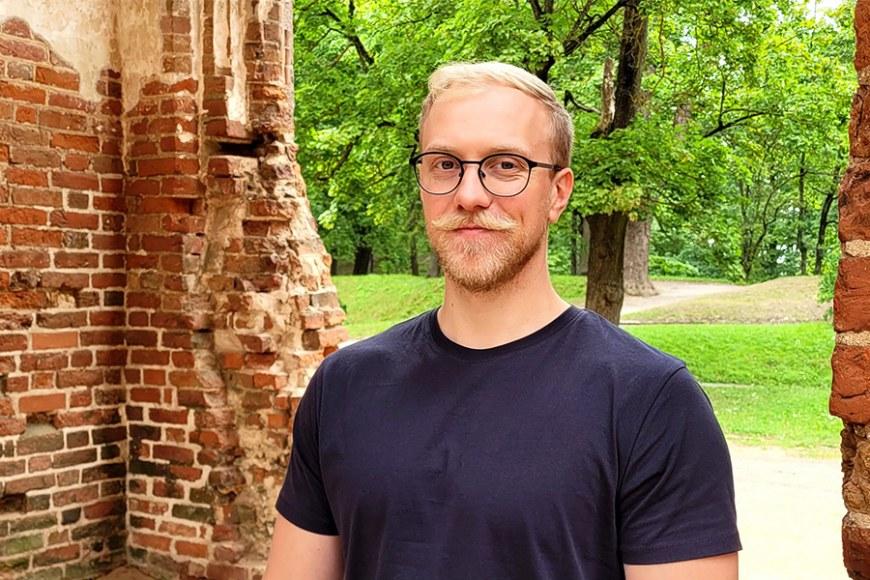
In different technologies and fields of research, there is an ongoing push to harness the benefits of quantum mechanics in applications. This can be seen in the many promising lines of research performed using quantum systems, and the number of different companies trying to build devices utilising quantum phenomena. When it comes to the quanta of light, or photons, decades of research have massively improved our understanding and ability to control them. This has even led to the establishment of companies that develop photonic quantum computers and devices for quantum communication using photons.
In many of the applications photons have in quantum technologies, quantum interference is a key effect enabling the operation of the device. Hence, different types of quantum interference effects are already well understood and have been studied extensively. However, in the transverse-spatial degree of freedom, the number of studies looking into quantum interference of photons is limited. This is despite the many benefits this degree of freedom has provided and demonstrated in other applications and lines of research.
In his doctoral dissertation, Markus Hiekkamäki explores new ways of controlling the quantum interference of photon pairs, in the transverse-spatial degree of freedom. In addition to applying these new methods in two-photon interference experiments, Hiekkamäki prepares different quantum states of light using these interference effects, and uses them to explore other interesting properties of photons.
“After I demonstrated that quantum interference can be controlled within many different sets of transverse structures, I went on to explore how this interference effect could be used to create quantum states for rotation sensing and for studying the Gouy phase of photons,” Hiekkamäki says.
The sensing experiments presented in his thesis demonstrate how certain quantum states of light have the potential to sense parameters, such as rotation, with a precision that is not achievable with classical states of light, under similar conditions.
“I hope that, along with the experiments demonstrated in the thesis, the extensive description of the theory and methods provide useful tools and information for further experiments to build upon,” Hiekkamäki concludes.
Markus Hiekkamäki is originally from the town of Nokia and currently works as a researcher in the group of Experimental Quantum Optics at Tampere University.
Public defence on Friday 1 September
The doctoral dissertation of MSc Markus Hiekkamäki in the field of Physics titled Quantum Interference in Transverse Spatial Modes of Photons will be publicly examined at the Faculty of Engineering and Natural Sciences at Tampere University at 12 o’clock on Friday 1st of September 2023 at Hervanta campus, Tietotalo, auditorium TB109 (Korkeakoulunkatu 1, Tampere). The Opponent will be Associate Professor Jonathan Leach from Heriot-Watt University. The Custos will be Associate Professor Robert Fickler from the Faculty of Engineering and Natural Sciences.
The doctoral dissertation is available online.
The public defence can be followed via remote connection.
Photo: Mona Pulst
